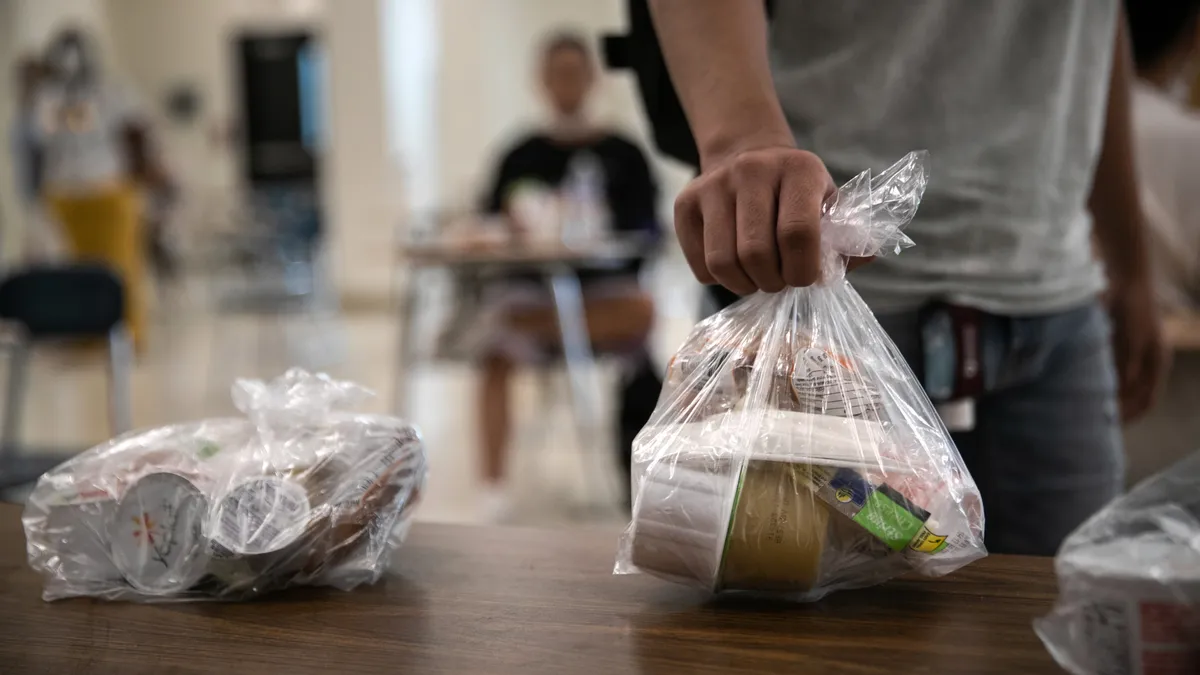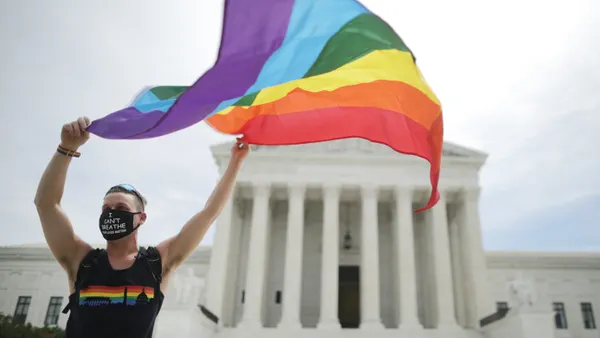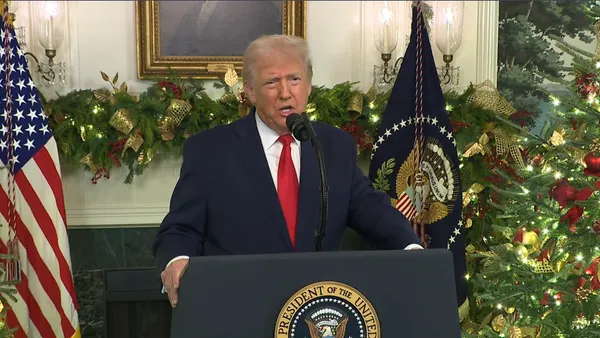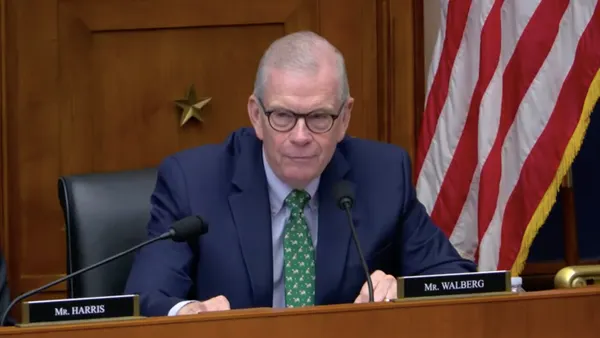While universal meal legislation continues to gain ground in several states, other legislatures are seeing setbacks.
In North Dakota, for instance, universal school meals bill HB 1491 failed to pass on March 27 in the state’s legislative assembly despite overwhelming passage in the state house. The vote narrowly missed passage on a 24-23 vote in the state senate. The defeat came as North Dakota legislators nonetheless passed a bill increasing total meal reimbursements for state employees while traveling within the state from $35 to $45 per day.
State Sen. Mike Wobbema, a Republican, questioned if the state or schools should be held responsible for child hunger.
“It’s really the problem of parents being negligent with their kids — if their kids are choosing to eat in the first place," Wobbema said during a debate in the North Dakota assembly. “I don’t believe that it is our responsibility to carry on a program in excess of what the federal government already does. Where does it stop?”
Meanwhile, Montana and Virginia both tabled universal school meal legislation this year.
As of April, the Food Research & Action Center found that 22 states plus Washington, D.C., were considering universal school meal legislation. Five states — California, Colorado, Maine, Minnesota and New Mexico — have passed legislation permanently guaranteeing free school meals to all students. On top of that, Vermont, Massachusetts and Connecticut have passed temporary legislation and are still weighing permanent laws.
The growing policy momentum follows the June 2022 expiration of a congressional pandemic-era waiver that provided universal school meals nationwide.
Some states are still expanding access to free school meals, just not to all students. In New Hampshire, legislators are considering a bill that would raise the income cap for families’ eligibility for free school meals from 185% of the federal poverty level to 300%.
In Washington, a universal school meals bill was revised in the state legislature to only include free school meals for children in kindergarten through 4th grade at schools where at least 30% of students are eligible for free and reduced-price lunch. This year, Pennsylvania Gov. Josh Shapiro also proposed in his budget to provide sustainable, ongoing funding for universal breakfasts in schools.
Securing universal school meals takes time, and there have been gains made at the state level, said Crystal FitzSimons, director of school and out-of-school time programs at Food Research & Action Center.
“The reality is there’s a lot of energy and momentum behind healthy school meals for all,” FitzSimons said. “It is an expensive thing for a lot of states to take up, and so when states don’t pass that legislation, often the reason behind it is the state doesn’t have the funding or doesn’t prioritize the funding to do it.”
That challenge with state funding speaks to the need for a federal policy establishing universal school meals nationwide, FitzSimons said.
At the federal level, the U.S. Department of Agriculture announced in March a proposal to expand access to the Community Eligibility Provision, which allows high-poverty schools to serve free breakfast and lunch to all students without requiring families to apply. Under the proposed change, the minimum threshold of the Identified Student Percentage would lower from 40% to 25% for a school or district to qualify for CEP.







 Dive Awards
Dive Awards






